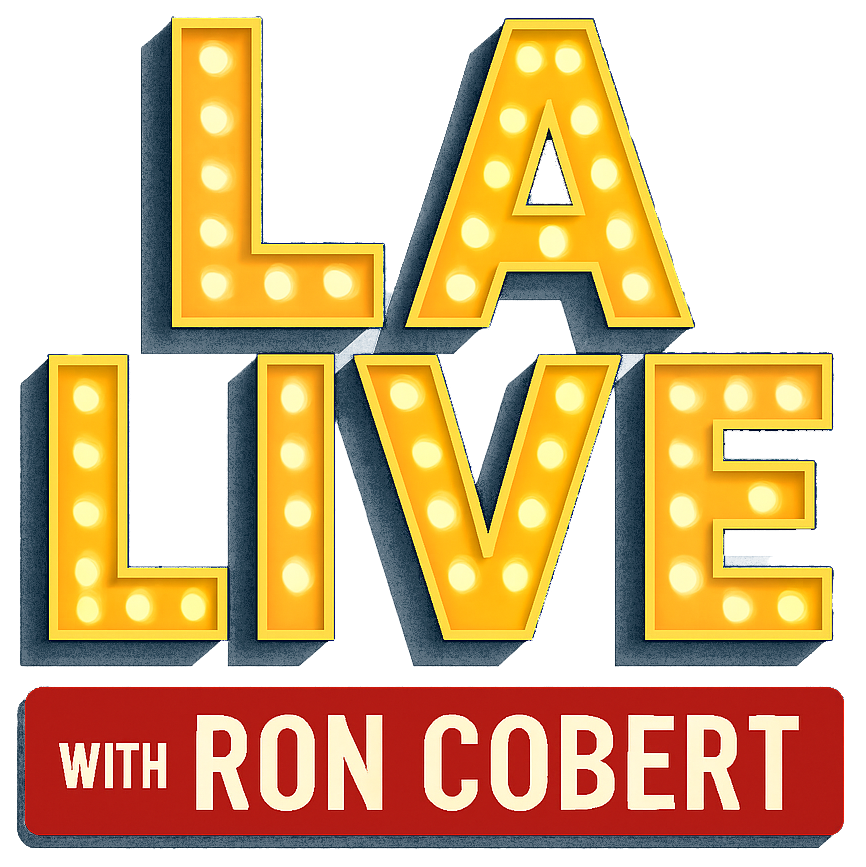An audience persona, also known simply as a persona, is a detailed and semi-fictional representation of a business’s ideal customer. It is a strategic tool used in marketing to create a clear and comprehensive understanding of the target audience. Developing audience personas involves combining accurate data about the target audience with educated speculation to create fictional characters representing various audience segments.

Critical components of an audience persona typically include:
Demographic Information:
- Age
- Gender
- Location
- Education level
- Occupation
Psychographic Information:
- Interests and hobbies
- Values and beliefs
- Lifestyle choices
- Personality traits
Behavioral Information:
- Buying habits
- Brand preferences
- Media consumption patterns
- Online behavior
Goals and Challenges:
- What the persona is trying to achieve
- Obstacles or challenges they may face
Motivations and Pain Points:
- What motivates the persona to make decisions
- Frustrations or pain points they may experience
Creating audience personas helps marketers humanize their target audience and gain insights into their needs, preferences, and behaviors. This information is invaluable for tailoring marketing strategies, content, and messaging to resonate with specific audience segments effectively.
For example, a marketing team for a fitness brand might create personas like “Fitness Enthusiast Emma” or “Busy Professional Brian.” Emma may be a young woman who values trendy workout gear and seeks community in fitness classes. Meanwhile, Brian may be a middle-aged professional looking for quick and efficient at-home workout solutions.
By understanding the unique characteristics and motivations of these personas, the marketing team can develop targeted campaigns that speak directly to the needs and interests of each segment, ultimately increasing the likelihood of engagement and conversion.



